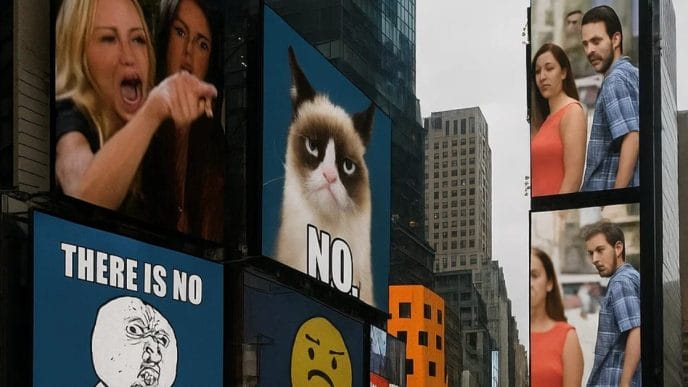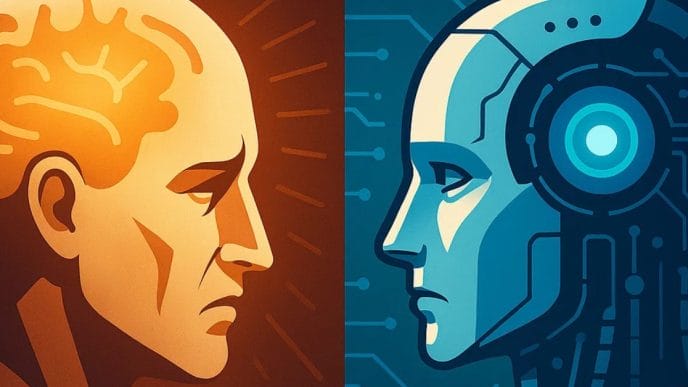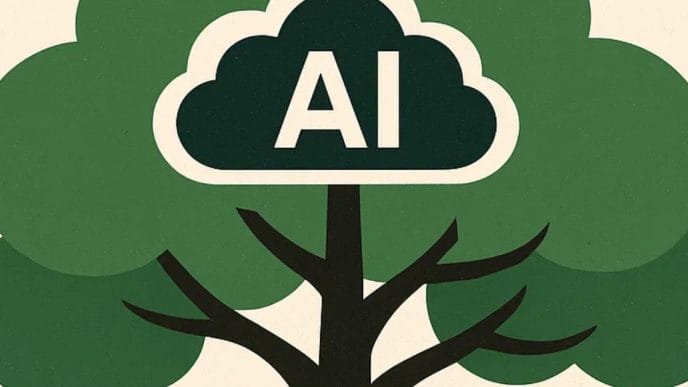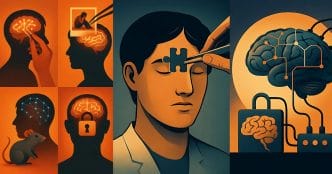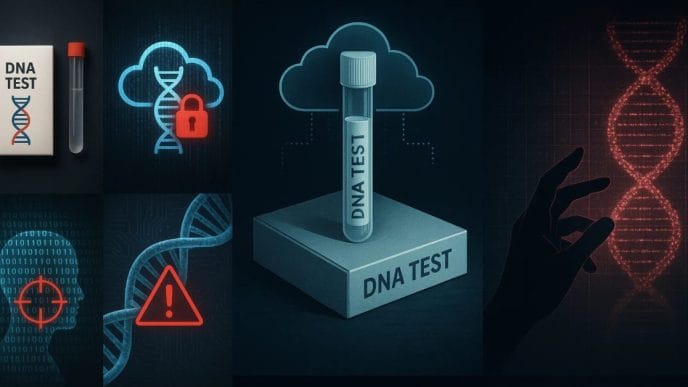Three icons. That is all it takes to broadcast your mood. A melting face. A coffee cup. A clock. Translation: “Yes, I am awake. No, I am not okay.” Everyone gets it.
Emoji compress chaos into clarity. They let you scream without typing in caps. They are the first truly universal language built entirely in the digital age, growing faster than dictionaries can track. For anyone in tech, this shift is not just cultural trivia. It is a roadmap for where human communication — and your products — are headed.
Why We Always Come Back to Pictures
Before keyboards and code, people carved meaning into stone. Hieroglyphics were not primitive, they were efficient. A cow drawing could summarize three sentences about farming. Emoji pull off the same trick in group chats today.
This is the loop: we moved from pictures to alphabets, from alphabets to text messages, and now back to pictures again. The instinct is timeless. The platform is new. That means tech teams need to treat emoji not as decoration, but as core UI. A single icon can now replace a sentence, and if your interface does not account for that, you are building friction into every conversation.
When Emoji Mean Different Things in Different Places
Emoji look simple. They are anything but. A folded hands icon signals prayer in one culture, gratitude in another, and high-five in a third. A peach is fruit in one context and anatomy in another.
For global products, these gaps are landmines. A single misinterpreted emoji can turn friendly support into awkward offense. Teams building messaging platforms already test emoji across markets like they test features. You cannot predict every cultural remix, but you can track emerging ones and design around them — with clear defaults, neutral artwork, and opt-in localization.
The Dialects Hidden Inside Your User Base
Generations speak emoji differently. Teenagers send five random icons as inside jokes. Millennials lean on skulls to mean “dead from laughing.” Boomers reply with thumbs-up and call it polite, even as younger coworkers read it as curt or sarcastic.
These aren’t just quirks. They are live data about tone, trust, and belonging. Work chat tools that ignore them feel cold. Social apps that lean into them feel alive. If you want your product to resonate across ages, bake flexibility into reactions. Let people customize tone. Surface multiple options for the same idea. Make it easy to blend text with visuals rather than forcing one or the other.
Where Emoji Stop Working
Emoji dominate raw emotion — joy, anger, sarcasm, flirtation — but fail at complexity. Bittersweet nostalgia does not fit inside a yellow circle. Neither does existential dread.
Users patch these gaps by stacking symbols into mini-stories: a sunset, a tear, a broken chain. It works, but only halfway. The lesson here is simple. Do not expect emoji to replace words. Build for interplay, not substitution. Rich text plus emoji is where real nuance lives. Interfaces that understand this balance feel human instead of gimmicky.
The Visual Shift Already Underway
Look at your chat apps.
Work approvals arrive as ✅.
Applause is 👏.
Sarcasm is 🙃.
The migration from text to visual shorthand is not hypothetical. It is already here.
Each emoji update functions like a cultural event. Melting face goes viral. Bubble tea becomes identity. Users adopt, remix, and weaponize symbols faster than platforms can document them. For tech builders, the playbook is clear. Treat new emoji like feature launches. Watch how users bend them. Adjust features and moderation tools accordingly.
What This Means for Building the Next Layer of Communication
Emoji are no longer decorative. They are infrastructure. They set tone in customer support chats, carry sentiment in workplace reactions, and drive engagement on social feeds. If your product ignores them, you are ignoring how billions already communicate.
The next frontier is personalization. AI-generated icons that match user tone. Regional variations that adapt without confusion. Interfaces that surface context-aware symbols instead of static lists. The companies that figure this out will not just ride a trend. They will own the next language shift.
The Real Punchline
Emoji are not cute little add-ons anymore. They are shaping how tone, trust, and culture move through the internet. They are rewriting what “literacy” means for the next generation of users.
If you are building digital products, ignoring this shift is like ignoring the jump from dial-up to broadband. You cannot bolt this on later. It needs to be baked into your design, your moderation, your accessibility, your analytics — everywhere tone matters.
The rise of emoji is not the death of language. It is the next phase of it. We are returning to pictures, but this time the walls are glass, the pictures are infinite, and the dictionary updates every time someone presses send.
So the next time someone reacts to your carefully crafted announcement with nothing but a skull and a clown, do not roll your eyes. Watch closely. They are speaking the language your product will live or die on.





